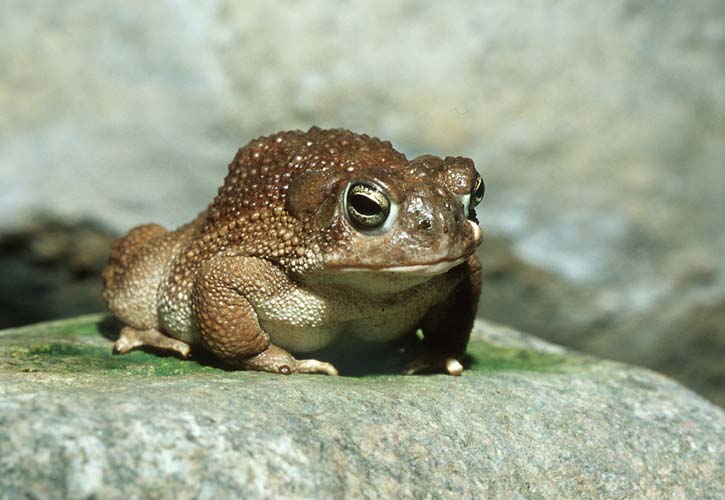|
| 질의: great white | 결과: 694번째/746 | |
'Nother Toad
| 제목: | 'Nother Toad
| | 올린이: | "Shirley Curtis" (sowhat@azstarnetSPAMSCREEN.com)
| |

| 파일크기 : 51954 bytes
File date : 2000:11:19 18:53:47
해상도: 725x500
Jpeg process : Baseline
Posted Newsgroups: alt.binaries.pictures.animals
Posted 촬영일: Wed, 18 Oct 2000 20:18:40 -0700 |
I can never remember the name of this one, but he was a scrappy little
fellow when they put the crickets into his cage. Uncoordinated, but
definitely in there giving it a try. He leaped for one cricket and landed,
instead, on the head of a frog. The action was impossible to get (but
really funny) as I couldn't focus and hold the flash and the camera all at
the same time.
SC
toad1.jpg
Comments
========
Shirley,
Great set of toad images! This toad looks like a Southwestern Toad (Bufo
microscaphus).
John
--
Best Regards,
John White
Reptiles & Amphibians of Virginia & Maryland -
http://www.erols.com/reptiles/
Wildlife Photos - http://www.herp-edia.com/photography/ |
^o^
동물그림창고 똑똑전화 누리집
^o^
|
|

